I received a notification last week that my Celtic calix restoration was complete. I was advised that the craftsman involved "enjoyed refinishing this old precious item to its very best form possible." My sacred vessel arrived this weekend of the Lunar New Year, the 2nd lunar month from winter solstice, in this case the closest supermoon of the millenium. 2023 is a year of hope and reflection with big changes, health-wise & career-wise for me personally, as I continue to rehab from a covid19-coma while transitioning from 'doing' as an orthopedic surgeon-healer to that of 'being' as a spiritual hospital-chaplain. Laurence Gardner wrote that the Grail was transformative, "Whom does the Grail serve? It serves those who quest despite the odds - for they are the champions of enlightenment."
On inspection, my treasure was meticulously nested in two corrugated boxes. I carefully unpeeled each layer of packing. This chalice was now magnificently transfigured. It was substantially fortified and robust with a new silver coppa or cup quite capable of performing the task at hand--that is maintaining the continual succession of the sacrificial celebration by containing the consecrated divine presence of Jesus in unity, body and blood. The entirety of the inner and outer surfaces were gleaming with newly applied gold plating. The Celtic nodo or node sparkled with silver plating accents. Finally the piede or foot was engraved with my soul's battle cry or heart-song--Spero Meliora--I aspire for greater things.
The seemingly unobtainable healing grace sought by Arthurian knights and symbolized by the Grail is, however, attainable. Regarding sacramental communion, Saint-Mother Teresa instructs us to, "Put your sins in the chalice for the Precious Blood to wash away. One drop is capable of washing away the sins of the world." We, as Sons-of-God, can be in daily spiritual communion with our Lord if we but do the following: "Each morning we must hold out the chalice of our being to receive, to carry, and to give back. It must be held out empty--for the past must only be reflected in its polish, its shape, its capacity (Dag Hammarsköld)." The Tao tells us that "It is easier to carry an empty cup than one that is filled to the brim... it is the emptiness inside that makes the vessel useful...we work with the substantial, but the emptiness is what we use."
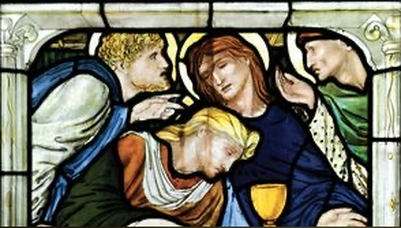
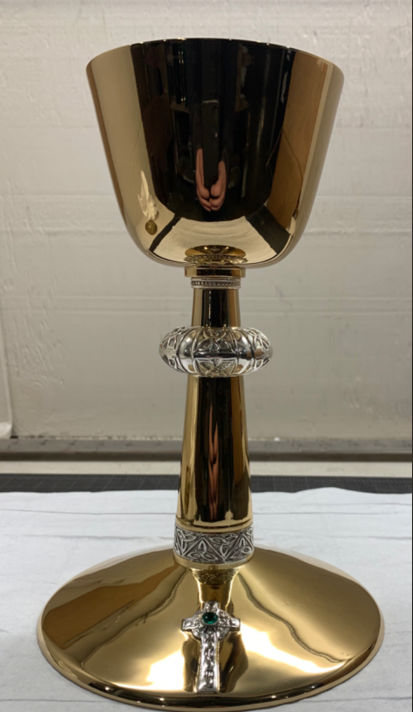


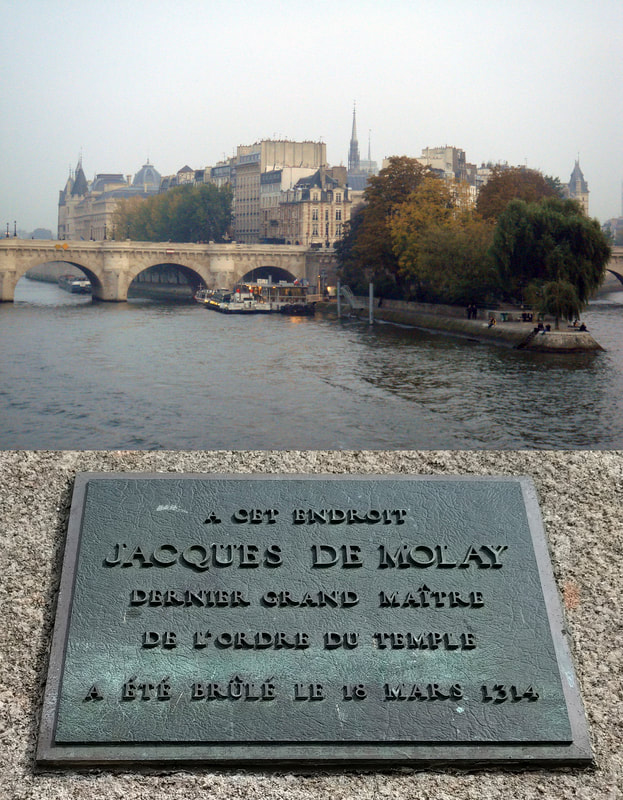
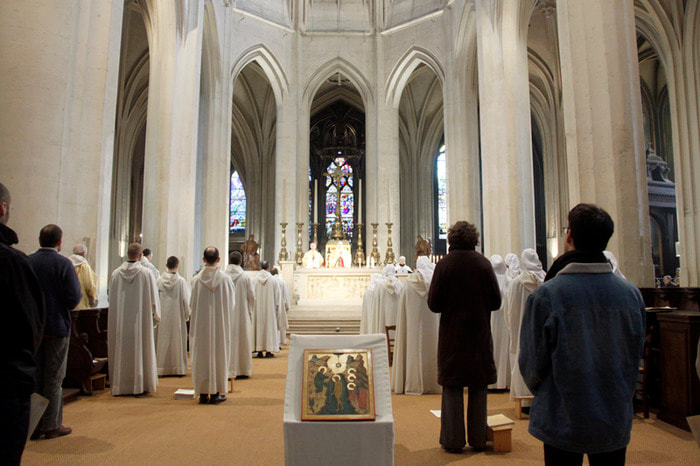

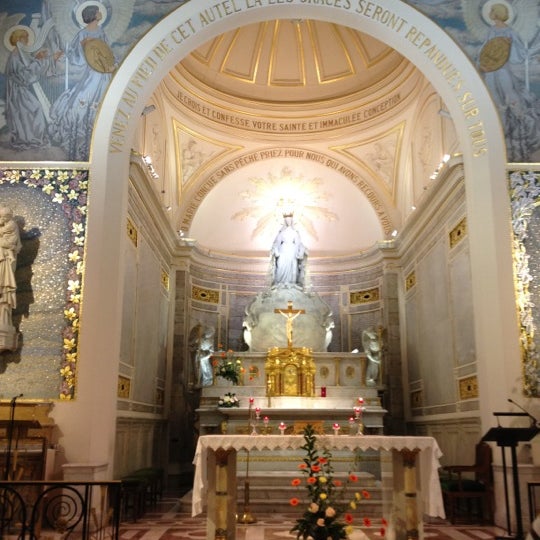
 RSS Feed
RSS Feed
